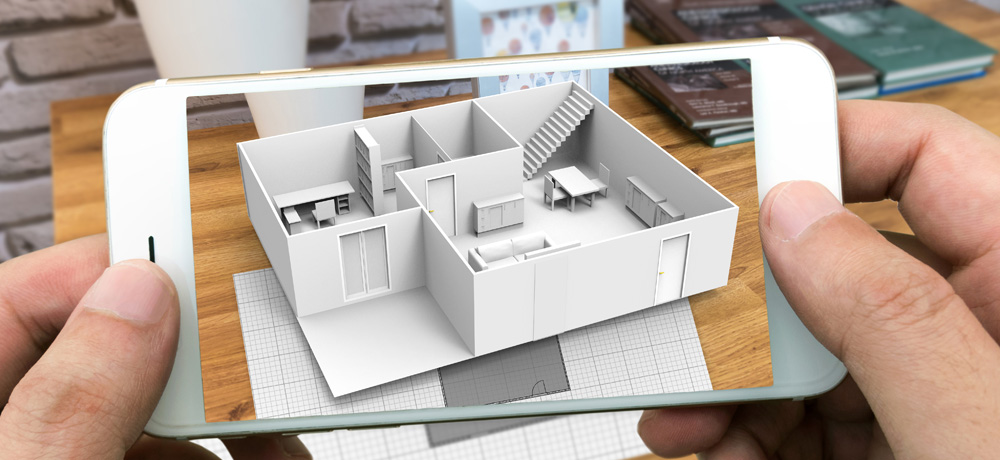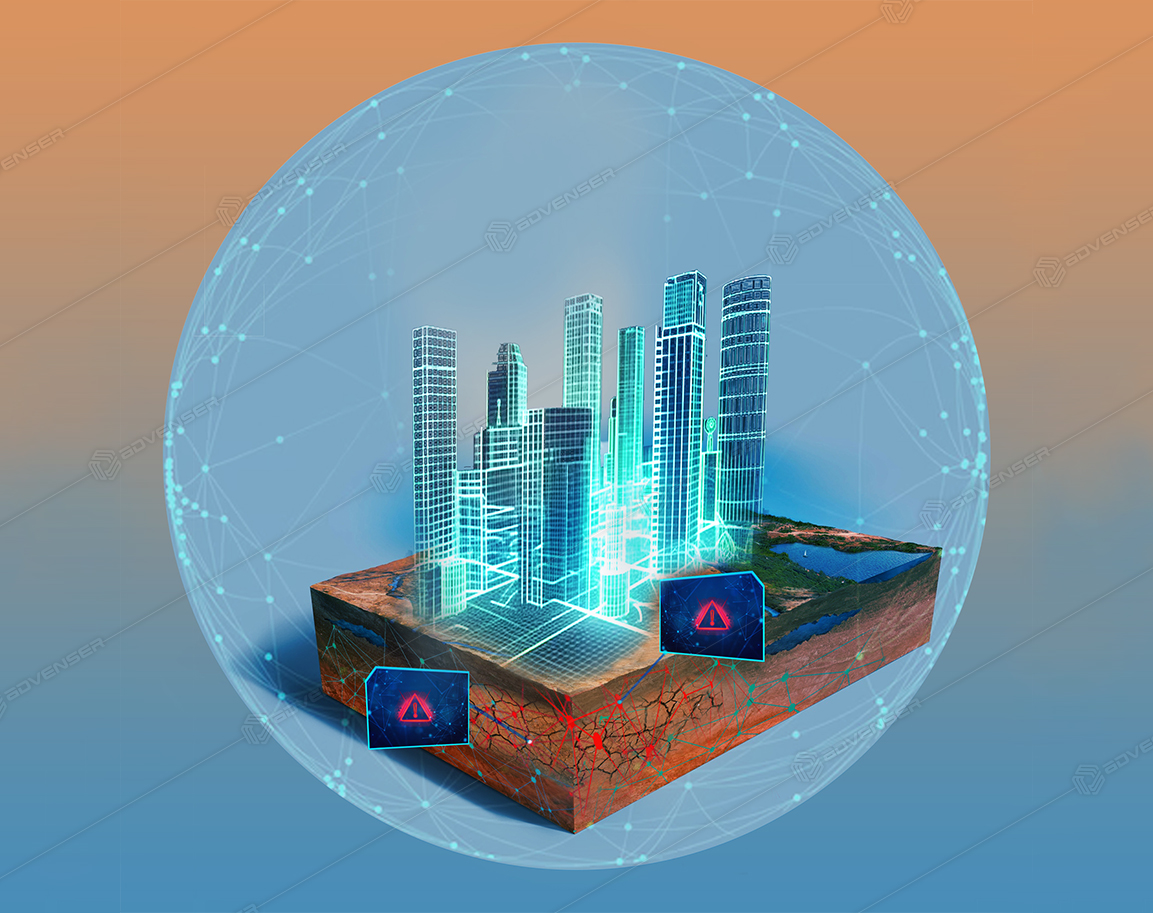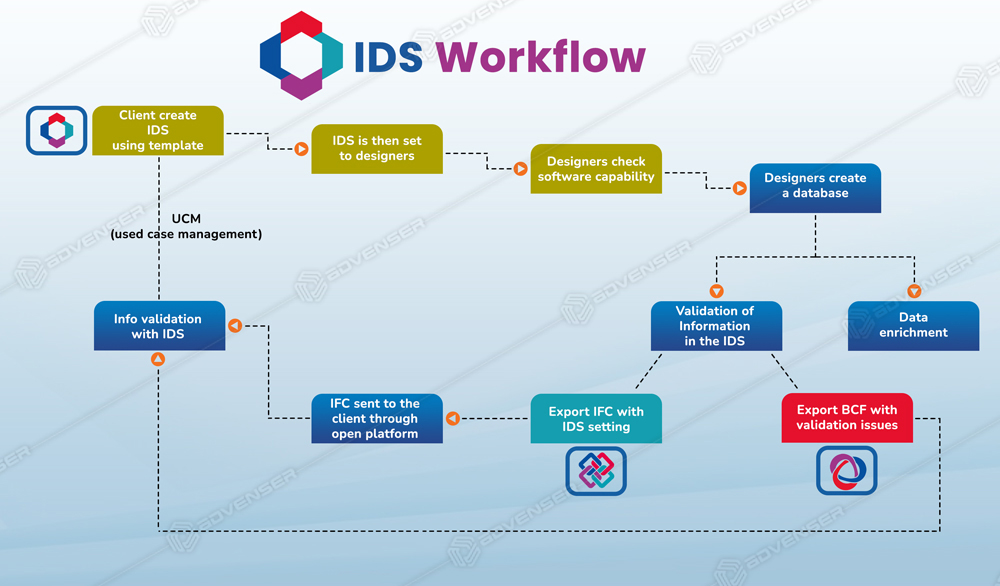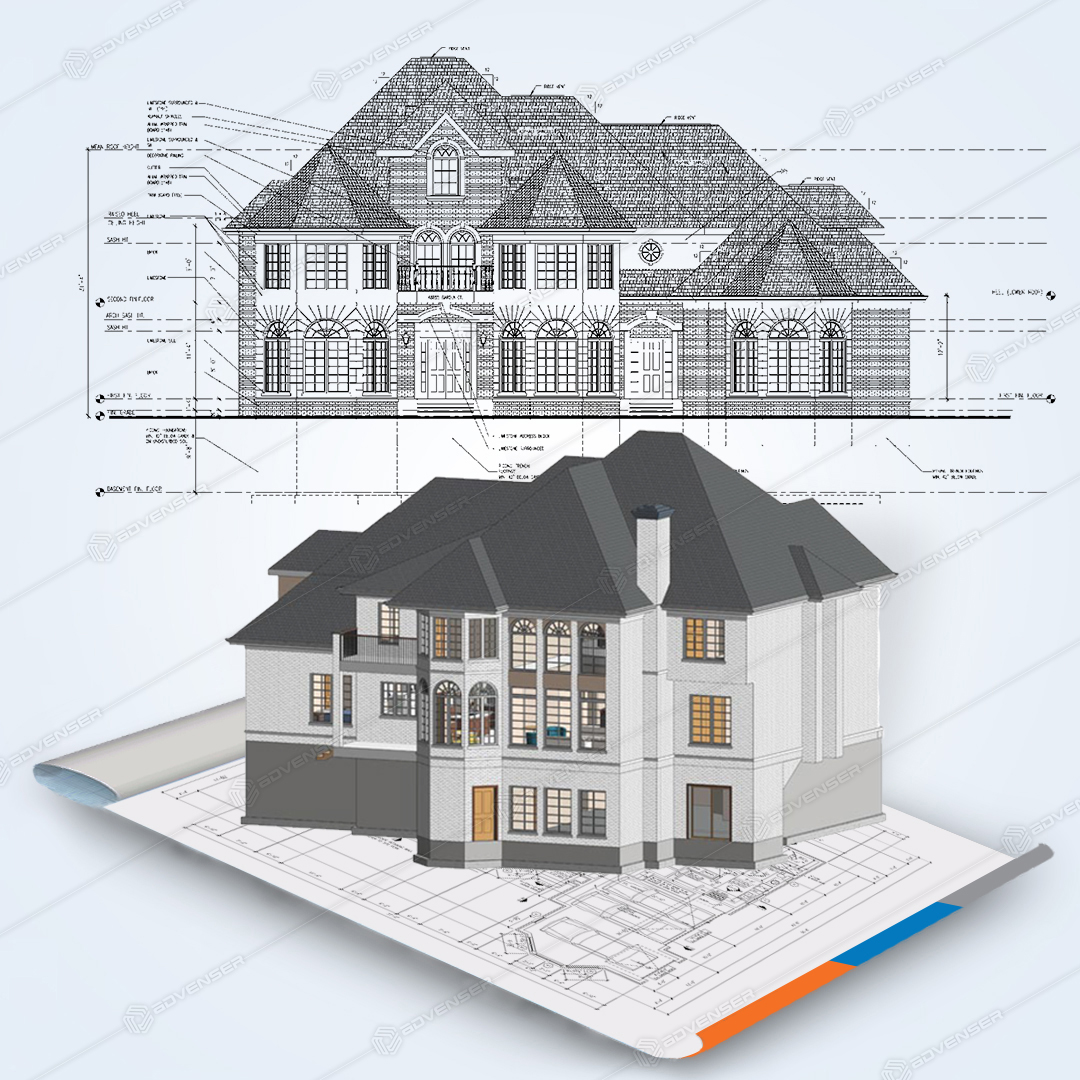This article intends to look at each of these terms and their distinctive applications in the industry.
Understanding BIM
BIM stands for Building Information Modeling. It refers to an accurate digital representation of the physical, geometric & functional characteristics of a building or structure. BIM is more of a collaborative approach, including design and documentation.
BIM intends to create a virtual 3D model that allows users to design in a virtual world with the help of BIM-based tools / software to understand the elements and their impact. The models are data-rich and are often termed “intelligent models.”
A building information model can be taken ahead of just 3-dimensional attributes and include BIM 4D (time), BIM 5D (cost), BIM 6D (sustainability), and BIM 7D (facility management) applications as and when required.

Understanding VDC
VDC stands for Virtual Design and Construction and is a part of BIM to plan construction. It is defined as the process of building a digital twin / equivalent for a physical structure by switching from digital to physical and back as needed. Virtual Design & Construction is not software but more of a technique for managing the integrated performance models that align appropriate strategies for project management with technology and people.

Usage of BIM & VDC
VDC and Building Information Modeling (BIM) technology are interconnected but vary by function. BIM technology creates a digital representation of an edifice, while VDC technology utilizes 3D BIM models and other information to digitally strategize phases of construction.
BIM is primarily used for designing large-scale projects like buildings, hubs, commercial spaces, infrastructures, etc. and accomplishes everything right from design to facility management with the help of virtual models, promoting interdisciplinary collaboration.
VDC is, however, a step ahead of BIM as it embraces BIM principles for better information exchange, collaboration, and insights, thereby enhancing the efficiency of AEC workflows by managing integrated models.
Benefits of BIM & VDC
Common benefits of BIM & VDC include:
Saving costs
Increased collaboration
Improved quality
Enhanced safety
Why use BIM and VDC?
Excellence delivery
BIM collaboration supports excellence in design by swiftly identifying issues with coordination, resulting in improved project schedules, fewer clashes, fewer reworks, and sharing valuable information throughout the project lifecycle for making informed decisions.
Time saving
BIM & VDC technologies help streamline workflows to boost efficiency and productivity besides maintaining deadlines to eliminate setbacks and delays in project delivery.
Transparency
BIM and VDC make it easier for everyone in the team to collaborate and share ideas. They also help in meeting the end-user expectations.
Thus, by using BIM & VDC tools, enterprises can save time and money besides delivering significant benefits to the project members involved.
BIM v/s VDC
BIM and VDC are closely related but distinct and independent from each other. VDC is a wider concept that adopts BIM as a framework, but it is not necessary for VDC to always involve BIM. Similarly, BIM can be functional without being considered a part of the VDC.
BIM is a specific process involving the virtual creation of an asset long with information. VDC, on the other hand, uses these virtual BIM models to strategize and plan the construction progression from beginning to end.
Irrespective of being used in unification or independently, BIM and VDC are transforming collaboration and communication in construction projects. Both BIM & VDC help in making informed decisions, leading to greater certainty of time, cost, and excellence of construction projects, helping to attain business goals efficiently.







